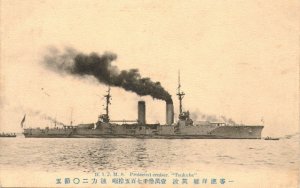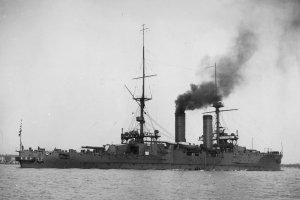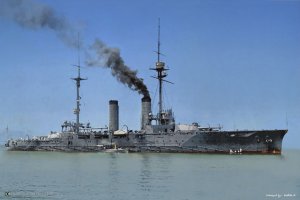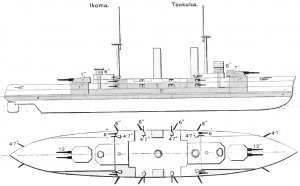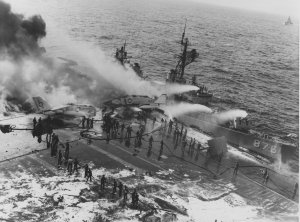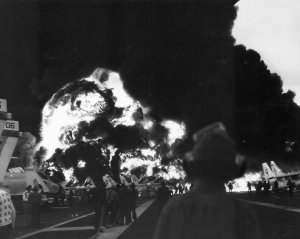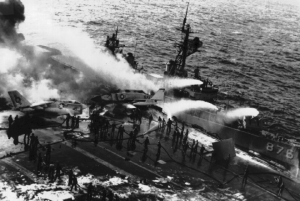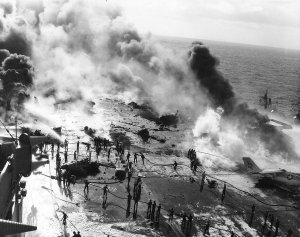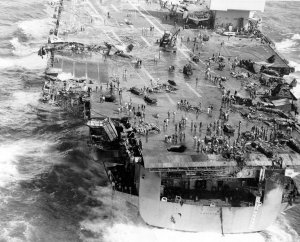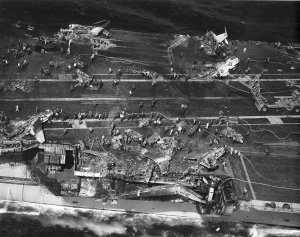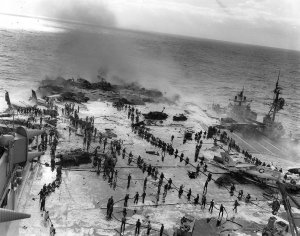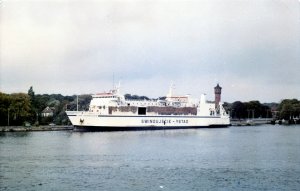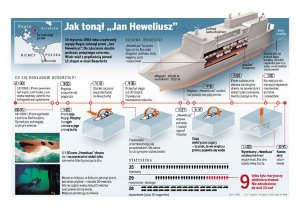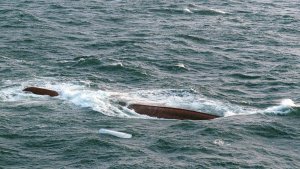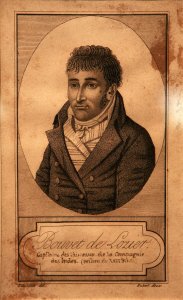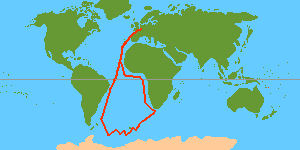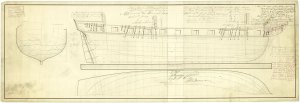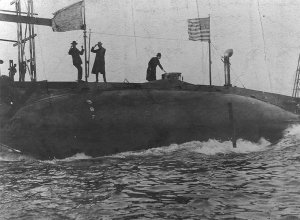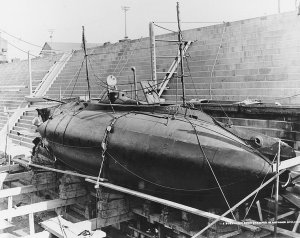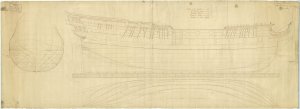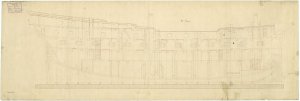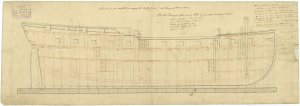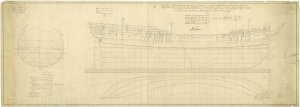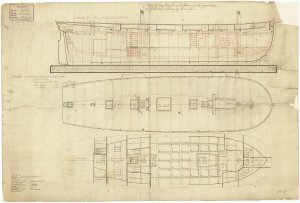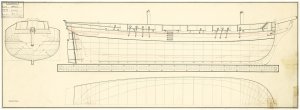Today in Naval History - Naval / Maritime Events in History
13 January 1950 – British submarine HMS Truculent collides with an oil tanker in the Thames Estuary, killing 64 men.
HMS Truculent was a British submarine of the third group of the T class. She was built as P315 by Vickers Armstrong, Barrow, and launched on 12 September 1942. Truculent was lost following a post-war accident with a Swedish oil tanker in the Thames Estuary in January 1950.
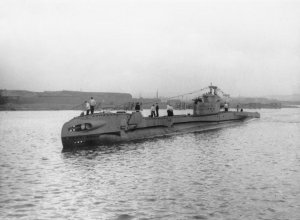
Wartime service
Truculent spent much of her World War II wartime service in the Pacific Far East, except for a period in early 1943, operating in home waters. Here, she sank the German submarine U-308, which was on her first war patrol, with all hands. She also took part in Operation Source, towing the X-class midget submarine X-6 to Norway to attack the heavy Kriegsmarine warships Tirpitz, Scharnhorst and Lützow.
On her transfer to the Pacific, she sank the Japanese army cargo ship Yasushima Maru; the small Japanese vessel Mantai; the Japanese merchant cargo ship, turned hell ship, Harugiku Maru and five Japanese sailing vessels. She also laid mines, one of which damaged the Japanese minelayer Hatsutaka.
She survived the war and returned to the United Kingdom to continue in service with the Royal Navy.
Sinking
On 12 January 1950, Truculent was returning to Sheerness, having completed trials after a refit at Chatham. In addition to her normal complement, she was carrying an additional 18 dockyard workers. She was travelling through the Thames Estuary at night. At 19:00, a ship showing three lights appeared ahead in the channel. It was decided that the ship must be stationary, and because Truculent could not pass to the starboard side without running aground, the order was given to turn to port. At once, the situation became clear; the Swedish oil tanker Divina — on passage from Purfleet and bound for Ipswich — came out of the darkness. The extra light indicated that she was carrying explosive material. The two vessels collided, the Divina's bow striking Trucluent by the starboard bow hydroplane, and remained locked together for a few seconds before the submarine sank.
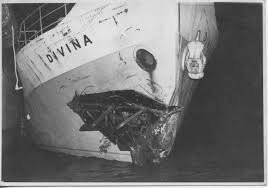
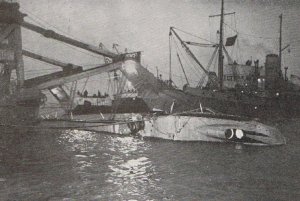
Fifty-seven of her crew were swept away in the current after a premature escape attempt, 15 survivors were picked up by a boat from the Divina and five by the Dutch ship Almdijk. Most of the crew survived the initial collision and managed to escape, but then perished in the freezing cold mid-winter conditions on the mud islands that litter the Thames Estuary. Sixty-four men died as a result of the collision. Truculent was salvaged on 14 March 1950 and beached at Cheney Spit. The wreck was moved inshore the following day where 10 bodies were recovered. She was refloated on 23 March and towed into Sheerness Dockyard. An inquiry attributed 75% of the blame to Truculent and 25% to Divina.
Truculent was then sold to be broken up for scrap on 8 May 1950.
Her loss led Peter de Neumann of the Port of London Authority to develop plans for a port control system, and the later introduction of the 'Truculent light', an extra steaming all round white light on the bow, on British submarines, to ensure they remained highly visible to other ships.
The salvage of the Truculent
In Film
On 21 February 1950, the film "Morning Departure" was released. The film tells the story of a British submarine that sinks on a training cruise from the perspective of a small group of survivors. Filming finished shortly before HMS Truculent sank, and the film was almost withdrawn. The decision was made to release the film as planned, and to add the following message that appears in the opening credits:
https://en.wikipedia.org/wiki/HMS_Truculent_(P315)
http://www.submarinewarfare.uk/britsubtruculent.html
13 January 1950 – British submarine HMS Truculent collides with an oil tanker in the Thames Estuary, killing 64 men.
HMS Truculent was a British submarine of the third group of the T class. She was built as P315 by Vickers Armstrong, Barrow, and launched on 12 September 1942. Truculent was lost following a post-war accident with a Swedish oil tanker in the Thames Estuary in January 1950.

Wartime service
Truculent spent much of her World War II wartime service in the Pacific Far East, except for a period in early 1943, operating in home waters. Here, she sank the German submarine U-308, which was on her first war patrol, with all hands. She also took part in Operation Source, towing the X-class midget submarine X-6 to Norway to attack the heavy Kriegsmarine warships Tirpitz, Scharnhorst and Lützow.
On her transfer to the Pacific, she sank the Japanese army cargo ship Yasushima Maru; the small Japanese vessel Mantai; the Japanese merchant cargo ship, turned hell ship, Harugiku Maru and five Japanese sailing vessels. She also laid mines, one of which damaged the Japanese minelayer Hatsutaka.
She survived the war and returned to the United Kingdom to continue in service with the Royal Navy.
Sinking
On 12 January 1950, Truculent was returning to Sheerness, having completed trials after a refit at Chatham. In addition to her normal complement, she was carrying an additional 18 dockyard workers. She was travelling through the Thames Estuary at night. At 19:00, a ship showing three lights appeared ahead in the channel. It was decided that the ship must be stationary, and because Truculent could not pass to the starboard side without running aground, the order was given to turn to port. At once, the situation became clear; the Swedish oil tanker Divina — on passage from Purfleet and bound for Ipswich — came out of the darkness. The extra light indicated that she was carrying explosive material. The two vessels collided, the Divina's bow striking Trucluent by the starboard bow hydroplane, and remained locked together for a few seconds before the submarine sank.


Fifty-seven of her crew were swept away in the current after a premature escape attempt, 15 survivors were picked up by a boat from the Divina and five by the Dutch ship Almdijk. Most of the crew survived the initial collision and managed to escape, but then perished in the freezing cold mid-winter conditions on the mud islands that litter the Thames Estuary. Sixty-four men died as a result of the collision. Truculent was salvaged on 14 March 1950 and beached at Cheney Spit. The wreck was moved inshore the following day where 10 bodies were recovered. She was refloated on 23 March and towed into Sheerness Dockyard. An inquiry attributed 75% of the blame to Truculent and 25% to Divina.
Truculent was then sold to be broken up for scrap on 8 May 1950.
Her loss led Peter de Neumann of the Port of London Authority to develop plans for a port control system, and the later introduction of the 'Truculent light', an extra steaming all round white light on the bow, on British submarines, to ensure they remained highly visible to other ships.
In Film
On 21 February 1950, the film "Morning Departure" was released. The film tells the story of a British submarine that sinks on a training cruise from the perspective of a small group of survivors. Filming finished shortly before HMS Truculent sank, and the film was almost withdrawn. The decision was made to release the film as planned, and to add the following message that appears in the opening credits:
This film was completed before the tragic loss of HMS Truculent, and earnest consideration has been given as to the desirability of presenting it so soon after this grievous disaster. The Producers have decided to offer the film in the spirit in which it was made, as a tribute to the officers and men of H.M. Submarines, and to the Royal Navy of which they form a part.
https://en.wikipedia.org/wiki/HMS_Truculent_(P315)
http://www.submarinewarfare.uk/britsubtruculent.html




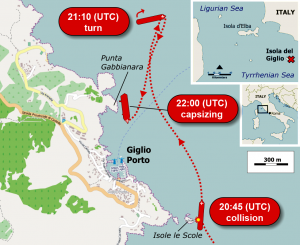
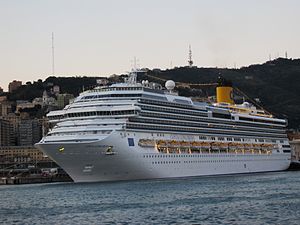
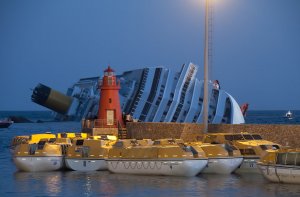
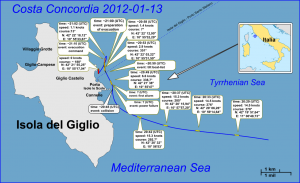


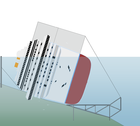



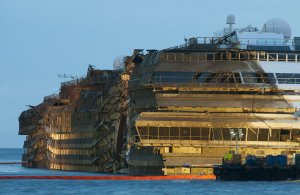
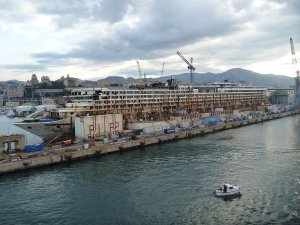
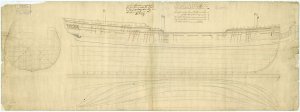
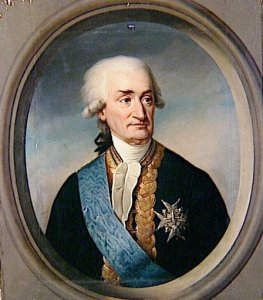
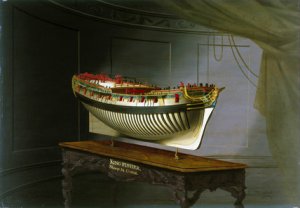
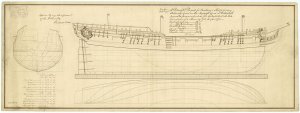
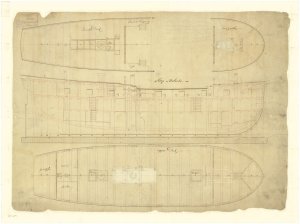
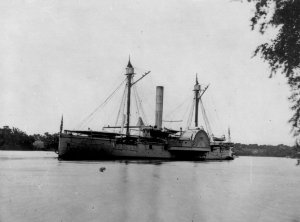
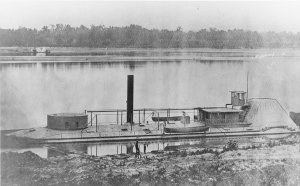
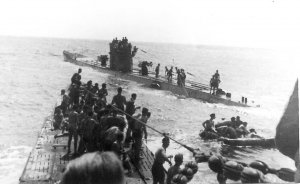
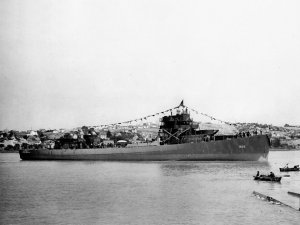
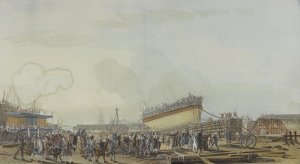
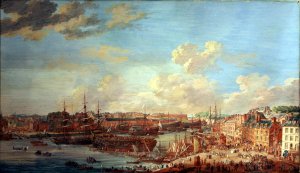


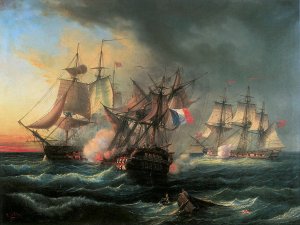
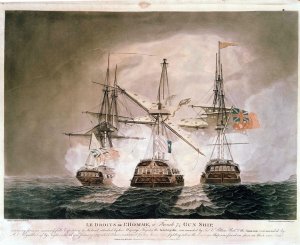
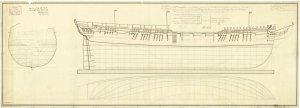
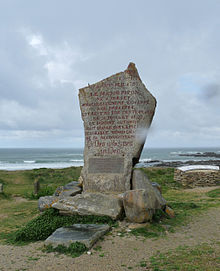
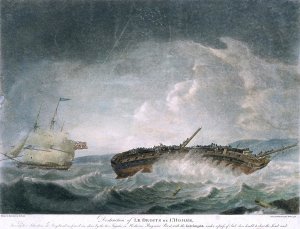
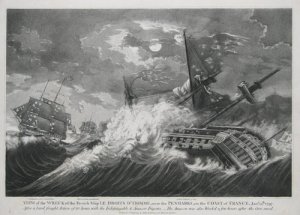
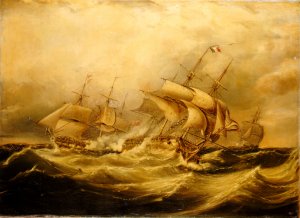
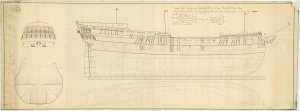

 ed in Manila Bay, Cooke pretended that his ships were French vessels and successfully lured successive boatloads of Spanish officials aboard, taking them prisoner in turn. Once he had determined from his captives the state of defences in Manila, that the treasure ship had been unloaded at Cavite and that the Spanish squadron was undergoing extensive repairs and thus unavailable for operations, he sent a raiding party against a squadron of gunboats in the mouth of the Pasig River. Capturing the gunboats in a bloodless attack, Cooke then released his prisoners and sailed southwards, unsuccessfully assaulting Zamboanga before returning to Macau.
ed in Manila Bay, Cooke pretended that his ships were French vessels and successfully lured successive boatloads of Spanish officials aboard, taking them prisoner in turn. Once he had determined from his captives the state of defences in Manila, that the treasure ship had been unloaded at Cavite and that the Spanish squadron was undergoing extensive repairs and thus unavailable for operations, he sent a raiding party against a squadron of gunboats in the mouth of the Pasig River. Capturing the gunboats in a bloodless attack, Cooke then released his prisoners and sailed southwards, unsuccessfully assaulting Zamboanga before returning to Macau.




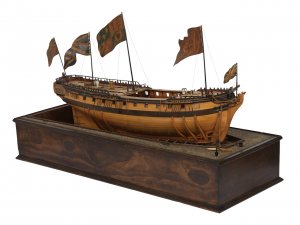
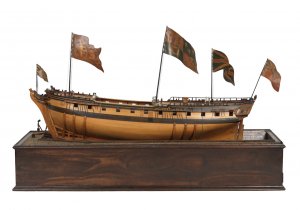
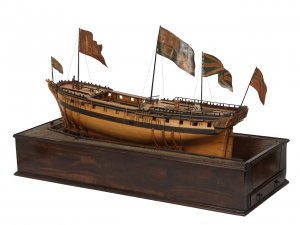
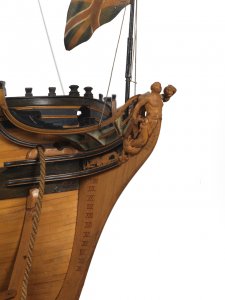
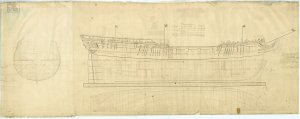
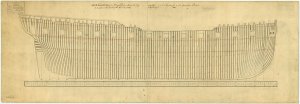
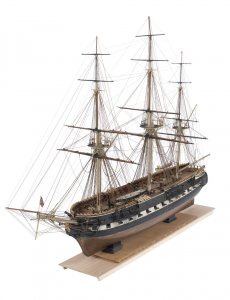
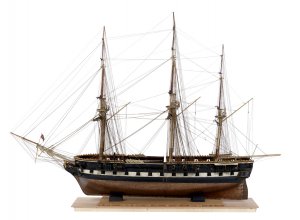
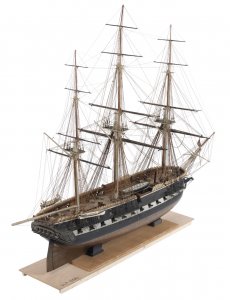
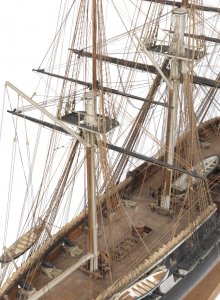
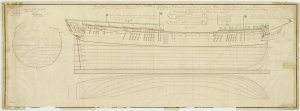
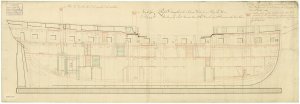
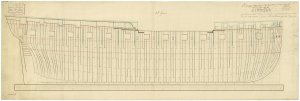
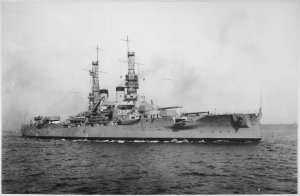
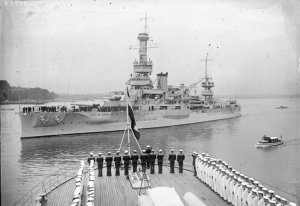
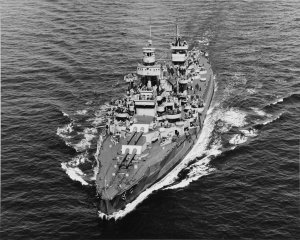
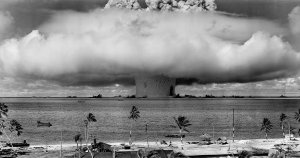
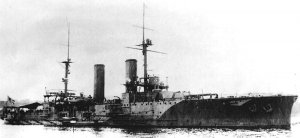
 , Tokyo Bay 14 January 1917
, Tokyo Bay 14 January 1917